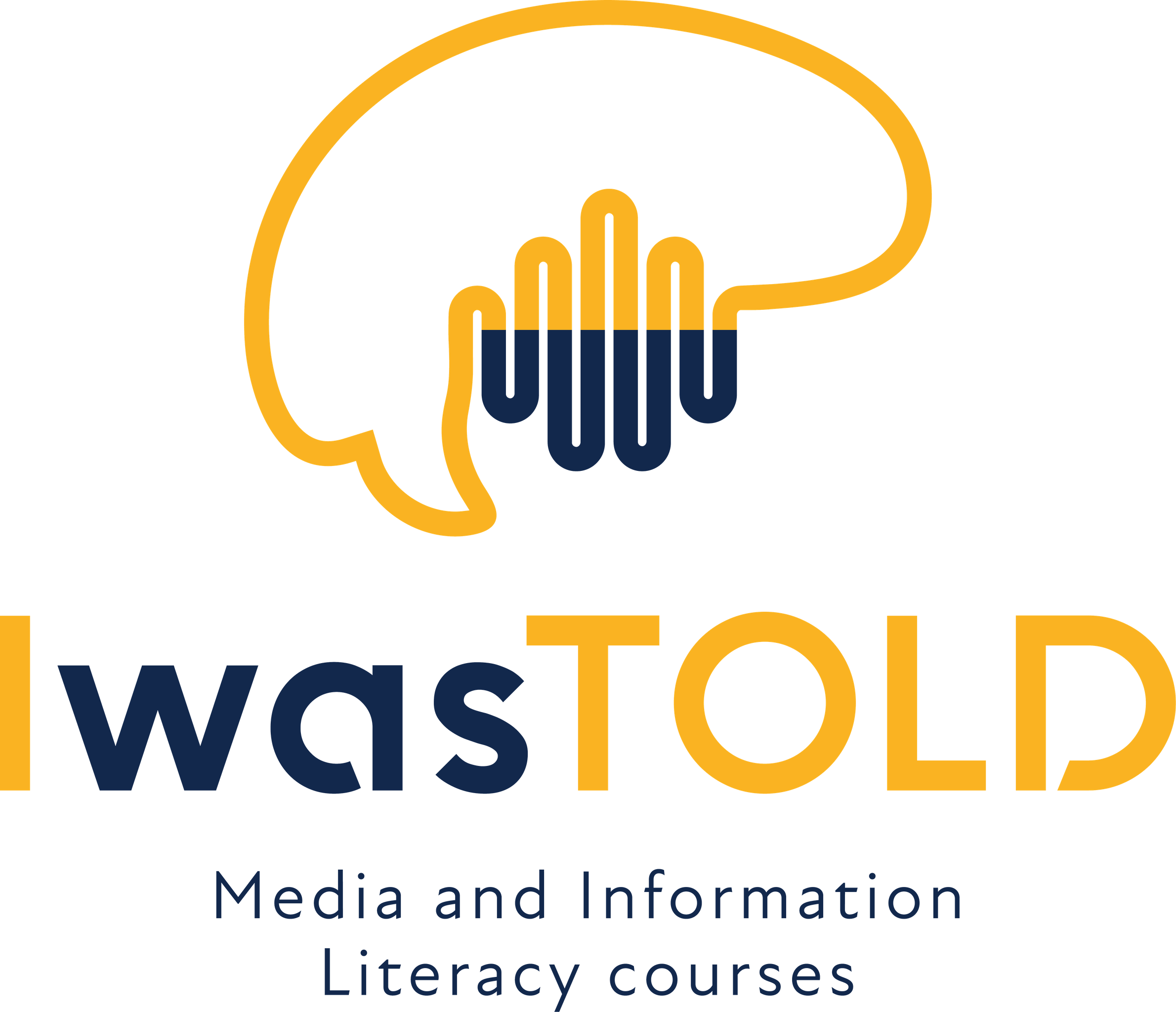3. CLASSICAL AND DATA STORYTELLING
-
Storytelling: narrative structures7 Topics|4 Quizzes
-
Language of media6 Topics|3 Quizzes
-
Storytelling With Data II. – Digital investigations in an era of data-driven journalism7 Topics|4 Quizzes
-
Infographics – Present statistics beautifully7 Topics|3 Quizzes
-
Charts in a website – Hack web developer tools for your stories7 Topics|3 Quizzes
-
Introductory to lesson
-
Creating a website is a personal way to become involved in a subject as well as a creative gesture
-
Make the most compatible as possible subject and aesthetic of your website through Google Sites
-
How be professional and have validity in publication?
-
Final Exercise of the whole lesson
-
Feedback on exercise
-
Additional learning material
-
Introductory to lesson
-
Online GIS6 Topics|2 Quizzes
-
Media analyses8 Topics|4 Quizzes
-
Using Piktochart to create infographics7 Topics|3 Quizzes
Summary of the lesson
Knowledge from the fields presented in this chapter also makes it much easier to respond to misinformation. They say the fire should not be fought with fire, but being inspired by opponents and using the same tools and similar methods while following ethical and professional principles can lead to a higher effectiveness: e.g. video with negative content can be best tackled by video, short messages can be best contradicted by short messages. Also consistency is important – there is no need to always respond to repeated misinformation in different ways.
This topic is so wide that it could very easily fill several courses. Therefore the list of other useful resources is included at the end of this course to help you gain more insights and learn about additional techniques.
Presentations, quizzes, tasks, exercises, background text, and additional resources have been designed to provide you with knowledge and skills that will help you create and understand media pieces. You can go through them as many times as you need and do not hesitate to ask us any questions related to the topics.
Quiz Summary
0 of 7 Questions completed
Questions:
Information
You have already completed the quiz before. Hence you can not start it again.
Quiz is loading…
You must sign in or sign up to start the quiz.
You must first complete the following:
Results
Results
0 of 7 Questions answered correctly
Your time:
Time has elapsed
You have reached 0 of 0 point(s), (0)
Earned Point(s): 0 of 0, (0)
0 Essay(s) Pending (Possible Point(s): 0)
Categories
- Not categorized 0%
- 1
- 2
- 3
- 4
- 5
- 6
- 7
- Current
- Review
- Answered
- Correct
- Incorrect
-
Question 1 of 7
1. Question
1) Which statement is correct:
CorrectIncorrect -
Question 2 of 7
2. Question
2) According to Charles Sanders Peirce, what are three main types of signs:
CorrectIncorrect -
Question 3 of 7
3. Question
3) Information or content that has the biggest potential to harm someone is called:
CorrectIncorrect -
Question 4 of 7
4. Question
4) Advertising war refers to practice of:
CorrectIncorrect -
Question 5 of 7
5. Question
5) It’s said that each film is created three times. It refers to the following stages:
CorrectIncorrect -
Question 6 of 7
6. Question
6) Angle of a shot can be:
CorrectIncorrect -
Question 7 of 7
7. Question
7) What is montage?
CorrectIncorrect
